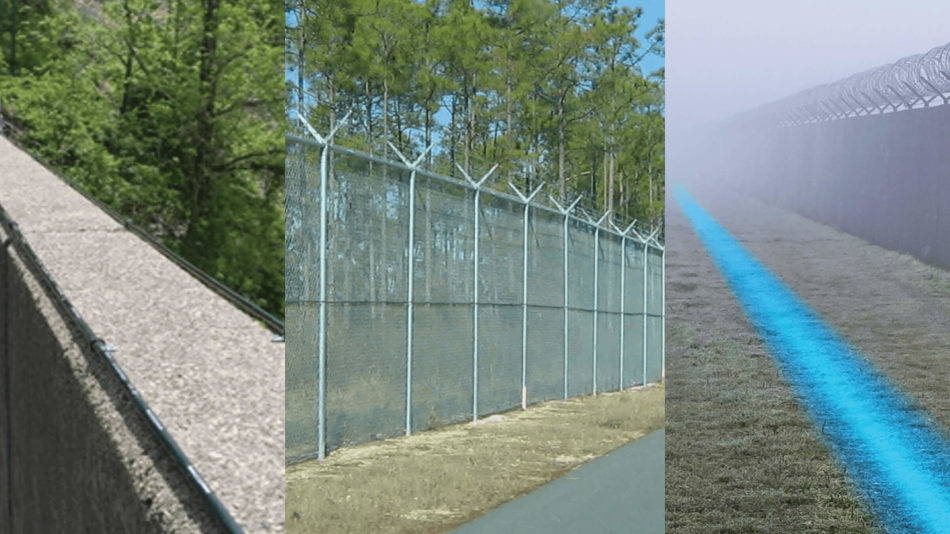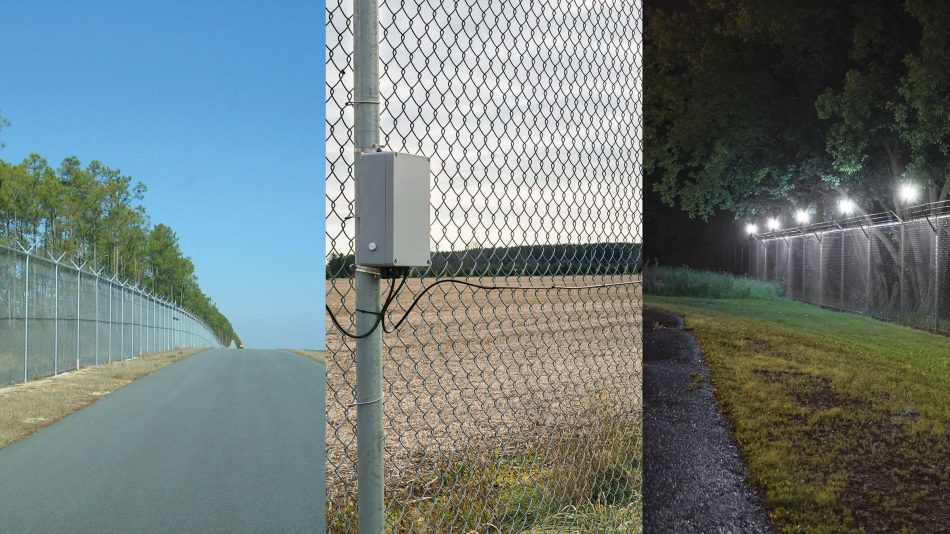Reasons to Choose a Fiber Optic Security System for Residential Security Installations
Reasons to Choose a Fiber Optic Security System for Residential Security Installations
Blog Article
Why Fiber Optic Safety Equipments Are the Future of Protection
The change to fiber optic protection systems marks a substantial advancement in the realm of defense, driven by their exceptional information transmission capabilities and durability to external interferences. These systems not only facilitate faster and much more trusted interaction yet also present a cost-effective service with reduced upkeep demands. As the landscape of safety and security advances along with arising modern technologies such as AI and IoT, the possibility for optical fiber to enhance and redefine safety and security facilities comes to be increasingly apparent. Nonetheless, the implications of these improvements raise crucial inquiries regarding the future of protection actions and their effectiveness in an ever-changing setting.
Benefits of Fiber Optic Solutions
Among the primary benefits of fiber optic systems is their superior data transfer ability, which helps with the transmission of big quantities of data over fars away without substantial loss. This particular is especially beneficial for security applications that require the continuous tracking and transfer of high-definition video feeds, sensing unit information, and various other critical details. Optical fiber can fit the expanding needs of modern protection systems, ensuring that information continues to be intact and reputable.
In addition, fiber optic cables are less susceptible to electromagnetic disturbance, which can be a substantial issue in environments with various electronic tools. This resistance improves the stability of the information being transmitted, therefore lessening the threat of information breaches or system failures. Furthermore, fiber optic systems are naturally a lot more secure than conventional copper wires, as taking advantage of a fiber optic line without discovery is extremely hard.
The sturdiness of fiber optic cords also contributes to their charm. They are resistant to environmental factors such as wetness and temperature level changes, lowering maintenance costs and increasing system durability. In general, these advantages position fiber optic systems as a durable and reliable selection for modern security infrastructures, making certain dependable and protected information transmission.
Enhanced Information Transmission Rate

The capacity to send huge quantities of information promptly promotes the smooth assimilation of high-def video feeds and advanced analytics. Safety systems can currently refine and analyze information in real-time, boosting response times and situational understanding. Additionally, fiber optic connections sustain longer transmission distances without deterioration of signal quality, making them excellent for extensive protection networks.
The raised rate of fiber optic systems not just improves the efficiency of security procedures however additionally reduces latency. This is especially vital in essential scenarios where prompt decision-making can prevent security breaches or minimize potential threats. As companies proceed to focus on safety and security and performance, the need for rapid and trusted data transmission will undoubtedly strengthen fiber optic systems as a keystone of modern safety facilities.
Resistance to Disturbance
Fiber optic security systems constantly demonstrate exceptional resistance to electromagnetic interference, a vital advantage in atmospheres prone to digital sound. Unlike typical copper wires, which can be adversely influenced by magnetic fields, superhigh frequency interference, and various other types of electrical disruption, fiber optic wires make use of light to transmit information. This inherent building makes certain that the signals continue to be clear and unchanged, despite surrounding electronic task.
The usage of glass or plastic fibers in fiber optic technology creates a barrier against disturbance, permitting reliable information transmission even in tough scenarios such as industrial centers, city areas with high electronic site here web traffic, or areas near radio towers. This particular dramatically minimizes the possibility of signal degradation or loss, making fiber optic systems especially ideal for security applications where honesty and precision of information are paramount.
Furthermore, this resistance to interference improves the general performance and reliability of safety systems, ensuring that tracking and alert systems function perfectly. In a world where safety and security is significantly threatened by advanced innovations, the strength of fiber optic systems stands out as an essential function, strengthening their status as a necessary element of contemporary safety facilities.
Cost-Effectiveness Over Time
Considerable expense savings can be achieved over time with the execution of fiber optic security systems. While the preliminary financial investment might appear greater contrasted to typical copper-based systems, the lasting financial advantages come to be obvious through minimized operational and maintenance prices (fiber security). Fiber optic wires are my blog naturally much more resilient and much less at risk to environmental elements, which equates to lower replacement and repair costs over their life-span
Furthermore, fiber optic systems call for much less power to operate, which even more decreases energy costs. Boosted information transmission capacities enable for fewer repeaters and amplifiers, decreasing tools financial investment and improving installation procedures. The scalability of these systems likewise contributes to cost-effectiveness, as organizations can expand their safety facilities without incurring substantial added expenses.
One more factor to consider is the raised effectiveness in tracking and action capabilities that optical fiber supply. Improved real-time data transmission can result in quicker event action times, possibly mitigating losses and liabilities connected with safety and security violations. In amount, the lasting advantages of fiber optic safety systems not only validate the initial expenditure but additionally place them as a financially sensible option for organizations seeking robust security remedies.

Future Advancements in Security
Advancing modern technologies are established to change safety systems, integrating expert system (AI) and machine understanding to boost hazard detection and action capacities. These technologies will certainly enable protection systems to examine huge quantities of data in real-time, recognizing patterns and abnormalities site web that suggest prospective dangers. This aggressive approach will certainly make it possible for faster decision-making and a lot more reliable case feedbacks.
In addition, the incorporation of the Net of Things (IoT) is leading the way for interconnected protection tools, offering extensive surveillance and tracking. Smart sensors can pass on information about ecological changes, while automated signals can alert protection employees quickly of suspicious activities.
In addition, the development of biometric modern technologies will further strengthen security systems. Facial acknowledgment, fingerprint scanning, and retina identification are coming to be extra sophisticated, providing layers of verification that are difficult to bypass.
Conclusion
In final thought, fiber optic protection systems represent a significant development in defense technology, supplying unequaled information transmission speed, resistance to electro-magnetic interference, and lasting cost-effectiveness. As the need for sophisticated safety and security solutions proceeds to grow, the integration of optical fiber with arising modern technologies such as AI, IoT, and biometrics will certainly further improve protection frameworks (fiber security). The mix of these advancements will certainly guarantee a much more secure and receptive setting, strengthening optical fiber as a cornerstone of future safety systems
Report this page